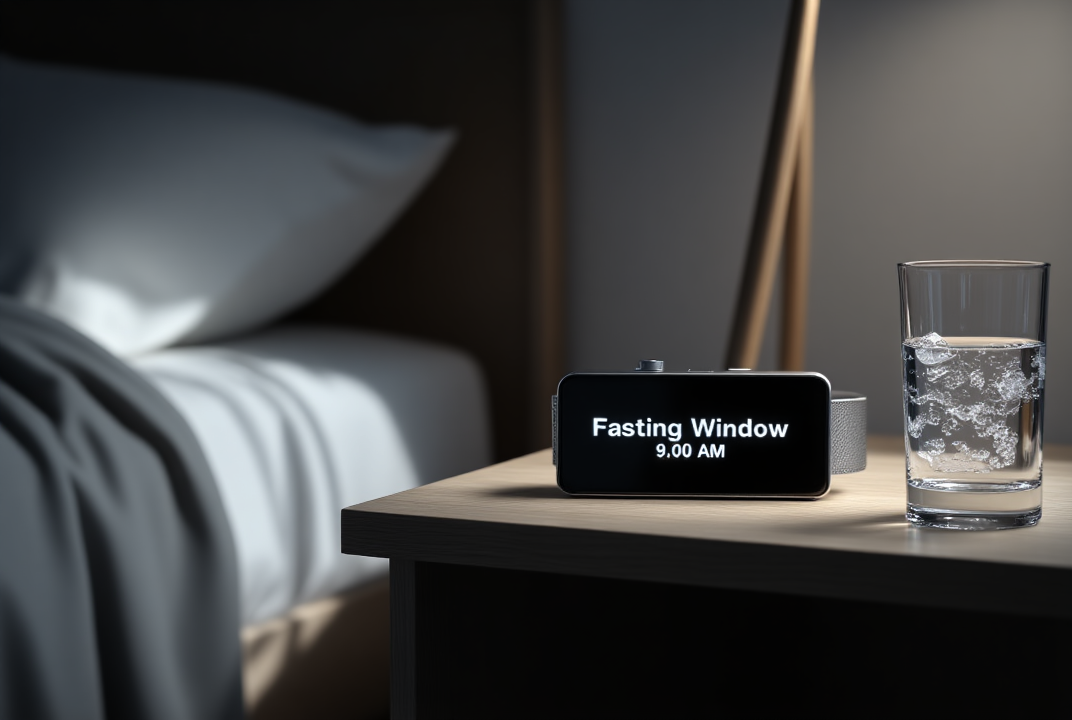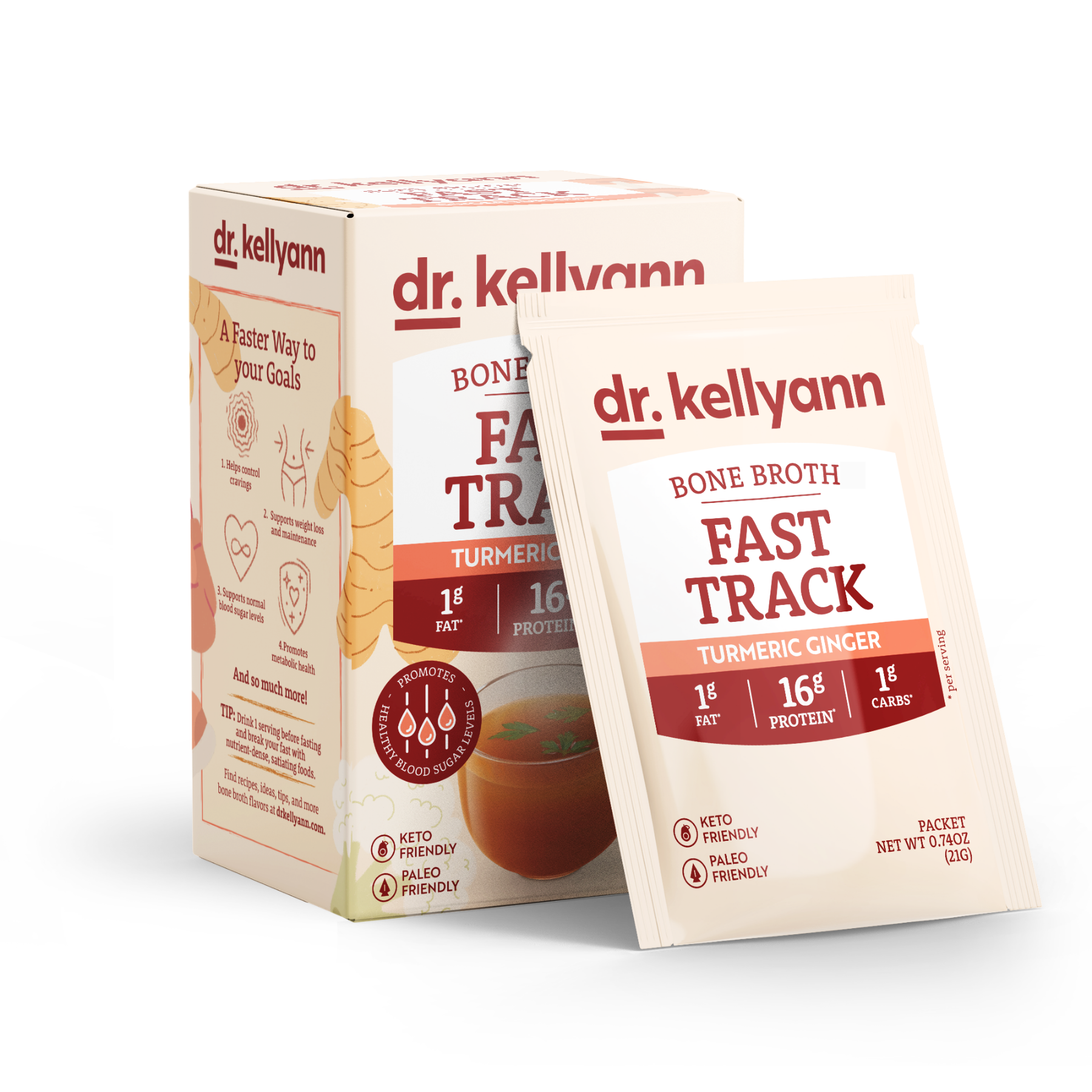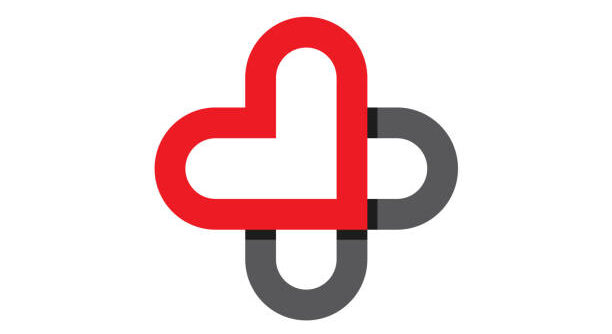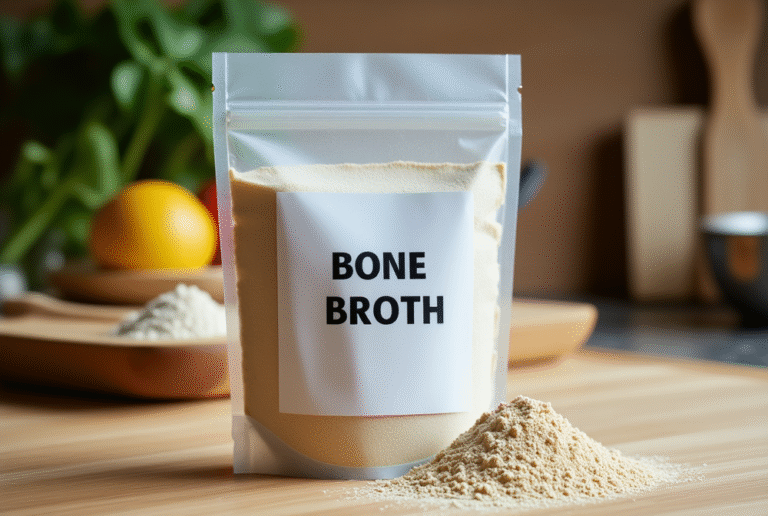
If you’ve ever wondered why your efforts to lose belly fat seem to stall despite eating healthy and exercising, the answer might lie in when—not just what—you eat. Intermittent fasting has become a go-to strategy for those seeking a leaner waistline, but with so many fasting windows to choose from, it’s easy to feel overwhelmed. Let’s dive into the research and expert recommendations to uncover the best intermittent fasting window for burning belly fat and optimizing your metabolism.
What Is a Intermittent Fasting Window?
An intermittent fasting window refers to the specific period during which you either abstain from eating (the fasting window) or consume all your daily calories (the eating window) within a 24-hour cycle. Instead of focusing on what you eat, intermittent fasting emphasizes when you eat, with popular schedules like 16:8 (16 hours fasting, 8 hours eating) or 18:6 (18 hours fasting, 6 hours eating). This approach is designed to give your body extended breaks from digestion, allowing insulin levels to drop and fat-burning processes to activate more efficiently, which can be especially beneficial for targeting stubborn belly fat.
Why Does a Intermittent Fasting Window Matter?
- Optimizes Fat Burning: Fasting windows allow insulin levels to drop, which signals your body to tap into stored fat—especially around the belly—for energy.
- Supports Hormonal Balance: Intermittent fasting helps regulate hormones like insulin, ghrelin, and human growth hormone, all of which play key roles in metabolism and fat loss.
- Reduces Caloric Intake Naturally: By limiting the hours you eat, you’re less likely to overconsume calories, making it easier to maintain a calorie deficit for weight loss.
- Improves Metabolic Flexibility: Regular fasting trains your body to efficiently switch between burning carbs and fat, enhancing your overall metabolic health.
- Enhances Cellular Repair: Fasting windows trigger autophagy, a process where your body cleans out damaged cells, which supports better health and may aid in fat loss.
What Is The Best Intermittent Fasting Window To Lose Belly Fat?
The best intermittent fasting window to lose belly fat is typically the 16:8 schedule, where you fast for 16 hours and eat within an 8-hour window each day. This approach is supported by research and expert recommendations because it’s long enough to allow insulin levels to drop and fat-burning hormones to rise, yet sustainable for most people’s lifestyles. The 16:8 window strikes a balance between effectiveness and practicality, making it easier to stick with over time compared to more extreme fasting schedules. While some individuals may see additional benefits from longer fasts like 18:6 or 20:4, the 16:8 method is widely regarded as the most accessible and effective starting point for targeting stubborn belly fat through intermittent fasting.

What Do the Numbers 12:12, 14:10, 16:8, 18:6, and 20:4 Actually Mean?
The numbers 12:12, 14:10, 16:8, 18:6, and 20:4 represent different intermittent fasting schedules, indicating the ratio of fasting hours to eating hours within a 24-hour day. For example, a 12:12 schedule means you fast for 12 hours and have a 12-hour eating window, while 16:8 means 16 hours of fasting followed by an 8-hour eating period. As the fasting window increases and the eating window shortens, your body spends more time in a fat-burning state, which can enhance belly fat loss and metabolic health. Choosing the right ratio depends on your lifestyle, goals, and how your body responds to fasting, with longer fasting windows generally offering more pronounced benefits for fat loss.
How To Create The Perfect Intermittent Fasting Window
|
Step |
What to Do |
Why It Matters |
Pro Tips |
|
1. Choose Your Fasting Window |
Select a schedule (e.g., 16:8, 18:6, or 20:4) that fits your lifestyle. |
Consistency is key for results and sustainability. |
Start with 12:12 and gradually increase fasting hours. |
|
2. Set Your Eating Hours |
Decide when your eating window begins and ends each day. |
Aligns fasting with your daily routine for better adherence. |
Pick hours that suit your work, family, and social life. |
|
3. Plan Balanced Meals |
Focus on whole foods, lean proteins, healthy fats, and fiber-rich carbs. |
Supports satiety, energy, and fat loss during your eating window. |
Prep meals in advance to avoid unhealthy choices. |
|
4. Stay Hydrated |
Drink water, herbal tea, or black coffee during fasting hours. |
Hydration curbs hunger and supports metabolism. |
Add electrolytes if needed, especially on longer fasts. |
|
5. Listen to Your Body |
Adjust your window or food choices based on energy, hunger, and results. |
Personalization maximizes success and minimizes burnout. |
Track progress and be flexible—consistency beats perfection. |
How Long Do You Need to Fast Before Your Body Starts Burning Stored Fat?
Your body typically begins to shift from burning glucose to burning stored fat for energy about 12 to 16 hours into a fast. During this period, insulin levels drop, prompting your body to access fat reserves for fuel—a metabolic state known as lipolysis. The exact timing can vary based on factors like your previous meals, activity level, and individual metabolism, but most people start to experience increased fat burning after the 12-hour mark. This is why fasting windows of 16 hours or longer, such as the 16:8 or 18:6 schedules, are often recommended for those aiming to maximize fat loss, especially around the belly.
Which Fasting Window Works Best for Beginners vs Experienced Fasters?
For beginners, a 12:12 or 14:10 fasting window is often the most approachable, allowing your body to gradually adjust to longer periods without food while minimizing hunger and fatigue. These schedules provide a gentle introduction to intermittent fasting and help build consistency without overwhelming lifestyle changes. As you become more comfortable and your body adapts, transitioning to more advanced windows like 16:8 or 18:6 can enhance fat-burning benefits and metabolic flexibility. Experienced fasters may even experiment with shorter eating windows, such as 20:4 or OMAD (one meal a day), to further accelerate results, but these approaches require greater discipline and may not be suitable for everyone. Ultimately, the best fasting window is one that fits your lifestyle, supports your goals, and feels sustainable for the long term.
Is Longer Always Better—Or Can Shorter, Consistent Fasts Be More Effective?
Longer fasting windows can accelerate fat burning and metabolic benefits, but they aren’t always the best choice for everyone—especially if they lead to burnout or are difficult to maintain. Shorter, consistent fasts like 12:12 or 14:10 can be highly effective for many people, particularly beginners, because they are easier to stick with and integrate into daily life. The key to lasting results is consistency; a fasting schedule you can maintain over weeks and months will yield better outcomes than sporadic, extreme fasts. Ultimately, the most effective fasting window is one that fits your lifestyle, supports your energy and well-being, and can be sustained long term, whether it’s shorter or longer in duration.
Can More Advanced Windows (Like 18:6 or 20:4) Accelerate Stubborn Belly Fat Reduction?
More advanced fasting windows like 18:6 or 20:4 can indeed accelerate stubborn belly fat reduction for many people, as they extend the period your body spends in a fasted, fat-burning state. With longer fasting windows, insulin levels remain low for a greater portion of the day, which encourages your body to tap into stored fat—especially visceral fat around the abdomen—for energy. These schedules may also enhance autophagy and metabolic flexibility, further supporting fat loss and overall health. However, while advanced fasting can be effective, it’s important to ensure that it’s sustainable and doesn’t lead to excessive hunger or fatigue, as consistency and overall lifestyle balance are key to lasting results.
What Should You Consume During a Fast?
|
What to Consume During a Fast |
Why It’s Beneficial |
Pro Tips & Examples |
|
Water |
Keeps you hydrated, supports metabolism, and helps curb hunger. |
Drink filtered or mineral water throughout your fasting window. |
|
Black Coffee |
Contains zero calories, may boost metabolism, and can help suppress appetite. |
Avoid cream, sugar, or sweeteners to prevent breaking your fast. |
|
Herbal Tea |
Calorie-free and soothing; helps with hydration and may reduce cravings. |
Choose caffeine-free options like peppermint, ginger, or chamomile. |
|
Electrolytes (No Sugar) |
Replenishes minerals lost during fasting, preventing fatigue and muscle cramps. |
Look for sugar-free electrolyte powders or add a pinch of sea salt to your water. |
|
Bone Broth Fast Track by Dr. Kellyann |
Provides protein and collagen to support satiety, gut health, and energy during longer fasts. |
Use as a nourishing option during extended fasts or when you need extra support—choose low-calorie, clean ingredients. |
Common Intermittent Fasting Mistakes To Avoid
- Breaking Your Fast With Processed Foods: Ending your fast with sugary or highly processed foods can spike insulin and undo many of the metabolic benefits of fasting.
- Not Drinking Enough Water: Dehydration is common during fasting and can lead to fatigue, headaches, and cravings, making it harder to stick to your routine.
- Overeating During the Eating Window: Consuming excessive calories or bingeing during your eating period can stall fat loss and even lead to weight gain.
- Ignoring Electrolyte Balance: Failing to replenish electrolytes like sodium, potassium, and magnesium can cause muscle cramps, dizziness, and low energy.
- Being Too Rigid or Extreme: Adopting an unsustainable fasting schedule or not listening to your body’s signals can lead to burnout, stress, or even health setbacks.
Conclusion
Intermittent fasting offers a powerful, science-backed approach to losing stubborn belly fat, but success depends on choosing the right fasting window and building sustainable habits. Whether you start with a gentle 12:12 schedule or progress to more advanced windows like 16:8 or 18:6, consistency and mindful eating are key to unlocking lasting results. By understanding the science behind fasting, avoiding common mistakes, and supporting your body with proper hydration and nutrition, you can optimize your fat loss journey and improve your overall health. Remember, the best fasting window is the one that fits your lifestyle and keeps you motivated for the long haul.
Final Thoughts
Wondering how to make your intermittent fasting routine more satisfying while still supporting your fat loss goals? Explore Dr. Kellyann’s best sellers, where you’ll find premium bone broths like chicken, beef, and french onion to keep you nourished and energized. For those seeking extra support during their fasting window, try the Bone Broth Fast Track for a convenient, nutrient-rich option. Plus, enjoy delicious chocolate and vanilla shakes from Dr. Kellyann’s collection to round out your wellness routine. Discover all the trusted options from Dr. Kellyann’s to help you stay on track and feel your best.
Sources
- https://www.hopkinsmedicine.org/health/wellness-and-prevention/intermittent-fasting-what-is-it-and-how-does-it-work
- https://evolve-mma.com/blog/6-types-of-intermittent-fasting-schedules-that-produce-results/
- https://www.vinmec.com/eng/blog/what-happens-if-you-fast-completely-for-a-day-en






